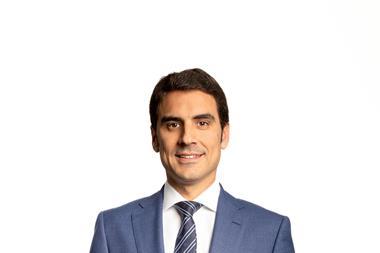SWEDEN - Institutional investors in Sweden continue to show a marked preference for domestic real estate, and this trend is likely to continue over the long term, according to the European Association for Investors in Non-listed Real Estate Vehicles (INREV).
The INREV Investor Universe Sweden Survey 2011 shows that less than 20% of the total real estate exposure of Sweden's institutional investors is held outside Sweden.
By contrast, investors from the Netherlands and Germany have 57% and 35% of their total real estate investments in non-domestic markets, respectively.
Only the UK has a smaller exposure to non-domestic real estate investments than Sweden, with a total of 13%, although this might be partly be explained by the UK being the largest and most liquid market in Europe.
Swedish investors' predilection for domestic property, however, might have more to do with bad experiences during the 1980s when foreign real estate investments suffered losses.
Lonneke Löwik, director for research and market information at INREV, said: "As a result, investors are now much more cautious about non-domestic markets. Sweden's relatively strong domestic economy also adds to the desire to stay at home."
INREV's survey of Swedish investors follows recent examinations of the non-listed real estate investor markets in the UK, Germany and the Netherlands.
The survey suggests the current vogue for domestic direct real estate is set to become a more prominent and enduring strategy, especially among Swedish life insurance funds.
Swedish investors consider domestic direct real estate investments to be both cost-efficient and highly transparent, with 80% of them pursuing a domestic direct strategy, even for smaller investors.
"Maybe the greater availability in Sweden of smaller, lot-sized, investor-grade stock compared with places such as London makes this strategy equally attractive to large and small investors," said Löwik.
Institutional investors see little advantage in portfolio diversification through foreign non-listed real estate investments.
On the contrary, they view the country's regional economic differences and the number of different real estate sectors within Sweden as providing plenty of opportunities for a diversified portfolio without venturing abroad.
More generally, respondents to the survey expressed reservations about non-listed real estate investments owing to a perceived lack of control and influence over the investment and high cost.
However, several investors indicated they would consider a non-listed approach as part of their overall investment strategy in the future, citing access to expert or specialist management as a key benefit.
Currently, non-listed real estate makes up just 10% of Swedish investors' portfolios on average. This is in sharp contrast to Dutch institutional investors, for example, which have 34% of their total real estate investments allocated to the non-listed sector.












